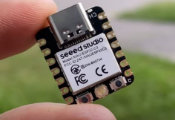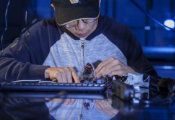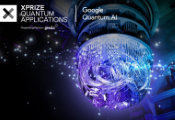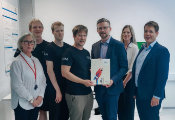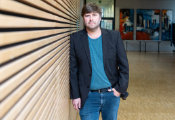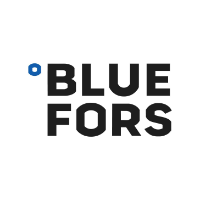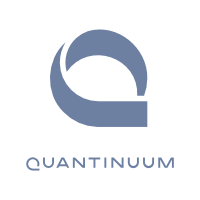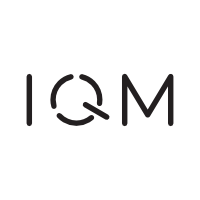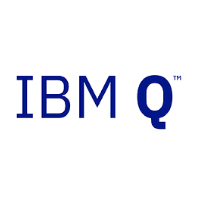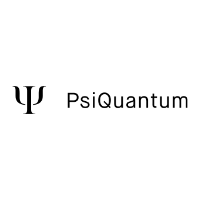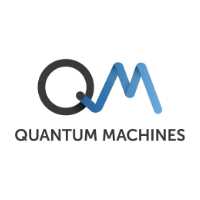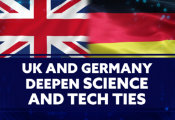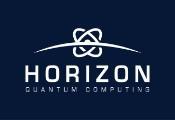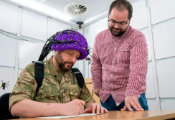NSW Quantum Researchers Secure $3.75M in ARC Discovery Funding
October 29, 2025 -- Several SQA experts and partners at Macquarie University, the University of Sydney, and UNSW as well as University of Newcastle have received funding through the Australian Research Council (ARC) 2026 Discovery Projects round to advance quantum science and technology in Australia. The recipients are:
Macquarie University
- Professor Dominic Berry, Dr James Quach, Dr Nicholas Rubin – $683,296
The project aims to develop methods for quantum computing to design molecules and materials. Much research on quantum algorithms has focused just on the task of simulating quantum systems, but the real impact of these simulations will be to develop new technology. This project addresses this gap in knowledge, by examining the critical tasks that need to be performed for design, and combining quantum simulation with quantum machine learning to achieve those tasks. The expected outcome of this project is new quantum algorithms for the design of batteries, drug discovery, and catalyst design. The potential benefits include improved technology for renewable energy, better medicines, and more efficient nitrogen fixing for fertiliser production.
- Dr Mikolaj Schmidt, Professor Michael Steel, Dr Jesse Slim, Professor Javier Aizpurua, Assistant Professor Alexander High – $531,382
Raman microscopy is a cornerstone of diagnostics and substance detection, and the latest devices are providing vital insights into the dynamics and internal structure of molecules and proteins. Unlike other spectroscopic techniques, Raman microscopy is yet to embrace the transformative potential of quantum technology to push the limits of resolution, sensitivity, and stability in precision measurement. In this project we will develop strategies for using nonclassical light to illuminate, control, and read out the unique “fingerprint” of molecular vibrations in a new breed of quantum Raman microscopes. This work will accelerate the development of faster, more precise, and sensitive tools for physical, chemical and material sciences.
University of Sydney
- Dr Laura Manenti, Dr Xanthe Croot, Professor Andrew Doherty, Dr Benjamin McAllister, Mr Yuvraj Mohan – $776,629
The project aims to protect superconducting quantum computers from ionising radiation errors that limit their performance. The research will measure radiation's effects on qubits, compare quantum computer operation above and underground, and develop protective measures, including shielding and error correction systems. By addressing this challenge, the project will enhance quantum computer reliability and advance Australia's quantum computing capabilities. The outcomes include practical radiation protection tools and new detection systems benefiting both quantum computing and other sensitive quantum technologies, supporting Australia's National Quantum Strategy through infrastructure development and international partnerships.
- Dr Ting Rei Tan, Dr Robert Wolf, Dr Joshua Combes – $604,329
The project seeks to answer a critical question in metrology: How much can quantum error correction improve quantum metrology beyond state-of-the-art using imperfect devices in noisy environments? This research aims to establish novel error-corrected quantum metrology protocols and demonstrate them on real quantum devices to achieve unprecedented performances in force sensing. The approach leverages an innovative hardware-efficient encoding scheme initially developed for quantum computing to significantly advance metrology. This work promises transformative metrology technologies with unmatched sensitivity and will deliver impacts in spectroscopy, fault-tolerant quantum computing, and the search for new physics, such as dark matter.
UNSW Sydney
- Associate Professor Shery Chang, Professor Amanda Barnard – $637,435
The project aims to develop quantum sensing technologies which leverage single photon emitters to achieve fast, reliable and ultra-sensitive detection capabilities far exceeding classical technologies. However, the lack of understanding about the atomic structures behind these photon emitters limits our ability to optimize materials for these technologies. To bridge this gap, this project will create an innovative machine learning-enabled correlative microscopy methodology which will provide unprecedented insights into the mechanisms that govern single photon emissions. The outcome of this project will enable the next-generation quantum sensors for surveillance and remote monitoring applications critical for Australia’s national security.
University of Newcastle
- Prof Sarah Johnson – $516,399
The advent of 6G technology is set to revolutionize wireless telecommunications with unprecedented speed, latency, and connectivity. However, the increased reach, integration into critical infrastructure, and extensive data collection pose significant security threats. By integrating quantum communications into future networks, we can create a secure communication infrastructure capable of withstanding current and future cyber threats, even those from quantum computers. This project will contribute to making these quantum communication systems a reality, by designing novel error correction coding techniques to correct the significant errors caused by free-space atmospheric scattering, absorption, turbulence and interference.
Impact of Discovery Projects:
ARC Chief Executive Professor Ute Roessner said the scheme allows researchers across all disciplines to “pursue bold ideas, foster collaboration and generate knowledge that strengthens Australia’s prosperity, resilience and wellbeing.”
Every $1 invested in Discovery Projects produces an estimated $3.32 in economic output, with flow-on benefits in workforce training, international collaboration, and research capacity building, according to the ARC.



